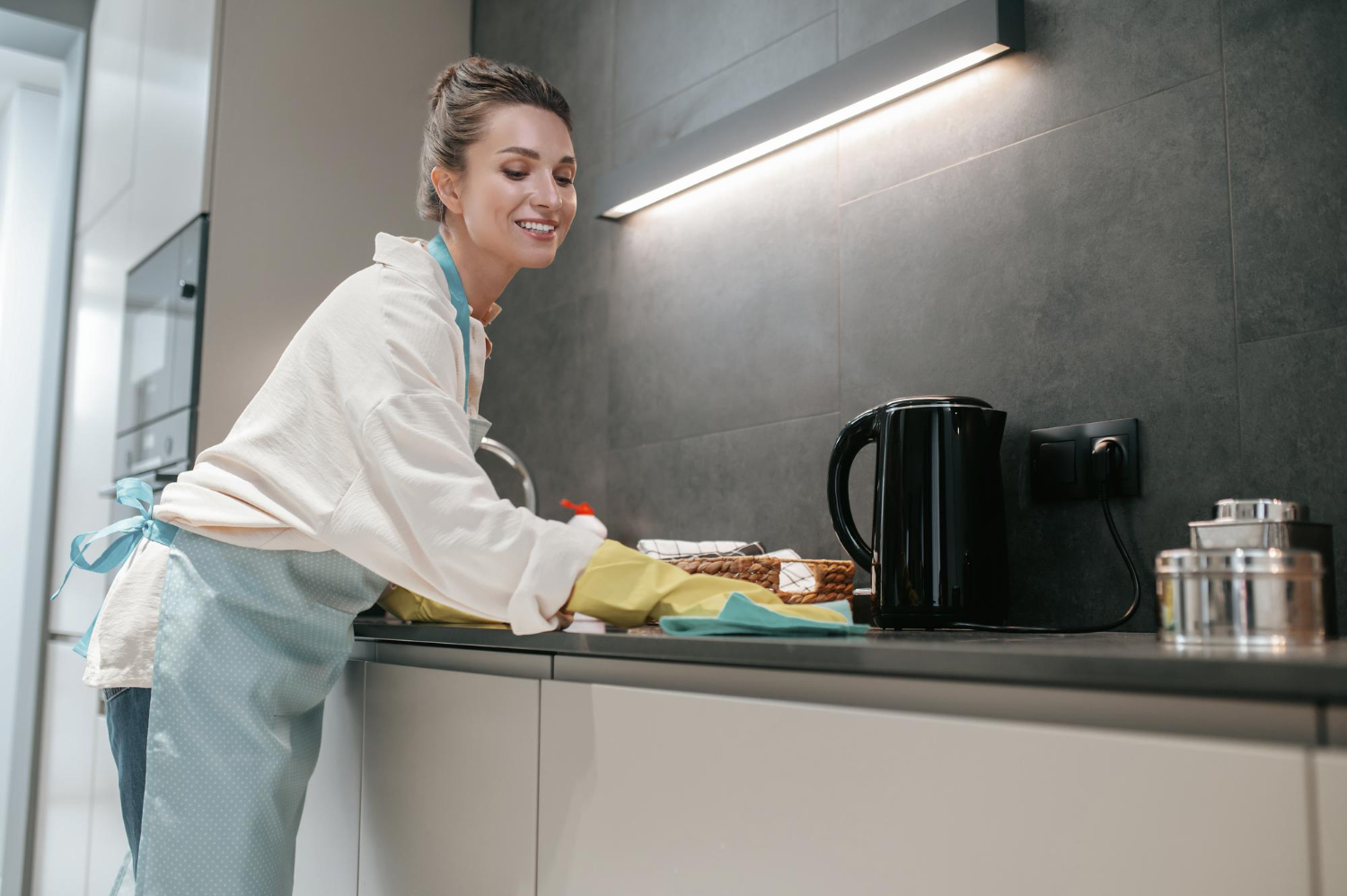A clean and well-maintained commercial kitchen is essential for the success of any food establishment. Not only does it ensure the safety and hygiene of the food being prepared, but it also promotes a positive image among customers and satisfies health and safety regulations.
In this article, we will provide a step-by-step guide on how to effectively clean a commercial kitchen.
Preparing for Cleaning:
Before diving into the cleaning process, it’s important to gather all the necessary supplies. This typically includes gloves, aprons, cleaning solutions, disinfectants, scrub brushes, mops, buckets, and microfiber cloths. Ensure that all cleaning materials are food-safe and approved for use in a commercial kitchen.
Clearing and Organizing:
Begin by removing all utensils, equipment, and food items from the counters, shelves, and storage areas. Dispose of any spoiled or expired products and place the rest in appropriate containers or refrigeration as needed. Clean and organize the storage areas to facilitate efficient cleaning and restocking.
Degreasing and Cleaning Surfaces:
Commercial kitchens are prone to grease buildup, which can be a fire hazard and compromise cleanliness. Start by degreasing the surfaces using a degreaser or a mixture of warm water and dish soap. Pay particular attention to areas around cooking equipment, hoods, vents, and fryers. Use scrub brushes or scouring pads to remove stubborn grease.
Cleaning Appliances and Equipment:
Thoroughly clean all appliances and equipment according to their specific cleaning instructions. This may involve disassembling parts, such as grill grates, burner rings, or oven racks, and soaking them in a sink or dishwasher. Wipe down the exterior surfaces and sanitize handles and buttons. Ensure that all appliances are completely dry before reassembling or using them.
Sanitizing Food Preparation Areas:
Food preparation surfaces, such as cutting boards, countertops, and food prep tables, must be sanitized to eliminate bacteria and prevent cross-contamination. Use a food-safe sanitizer approved for use in commercial kitchens and follow the instructions for proper dilution and contact time. Wipe down the surfaces thoroughly, including edges and corners.
Cleaning Floors and Drains:
Floors in a commercial kitchen are exposed to spills, food debris, and foot traffic. Sweep or vacuum the floor to remove loose dirt and debris. Then, mop the floor using a commercial-grade cleaner or degreaser. Pay attention to hard-to-reach areas and corners. Ensure that floor drains are free from clogs and sanitize them regularly.
Cleaning Ventilation Systems:
Commercial kitchen ventilation systems, including hoods, filters, and exhaust fans, require regular cleaning to remove grease and maintain proper airflow. Follow the manufacturer’s instructions for cleaning and maintenance. It is often recommended to hire a professional hood cleaning service to ensure a thorough and safe cleaning process.
Cleaning Dishware and Utensils:
If your commercial kitchen includes a dishwasher, clean and sanitize all dishware, utensils, and cooking tools according to the machine’s instructions. Ensure that water temperatures and detergent levels are appropriate for effective cleaning and sanitizing. For manual dishwashing, use hot water, dish soap, and a sanitizing solution.
Regular Maintenance and Inspections:
Implement a routine maintenance schedule to keep the kitchen clean and well-maintained over time. This includes regular checks for leaks, malfunctioning equipment, and signs of pests. Replace worn-out or damaged equipment promptly. Conduct frequent inspections to ensure compliance with health and safety regulations.
Conclusion:
Maintaining a clean and hygienic commercial kitchen is crucial for the success and reputation of any food establishment. By following this comprehensive guide, you can ensure that your commercial kitchen remains in top condition, providing a safe and sanitary environment for food preparation.
Regular cleaning, degreasing, sanitizing, and proper maintenance of appliances, surfaces, floors, ventilation systems, and dishware are essential steps to achieve cleanliness. Remember to adhere to food safety guidelines and regulations specific to your region.
By putting these cleaning procedures into practice and creating a regular maintenance schedule, you can improve the effectiveness of your kitchen operations, increase food safety, and give your workers and customers a satisfying experience.




